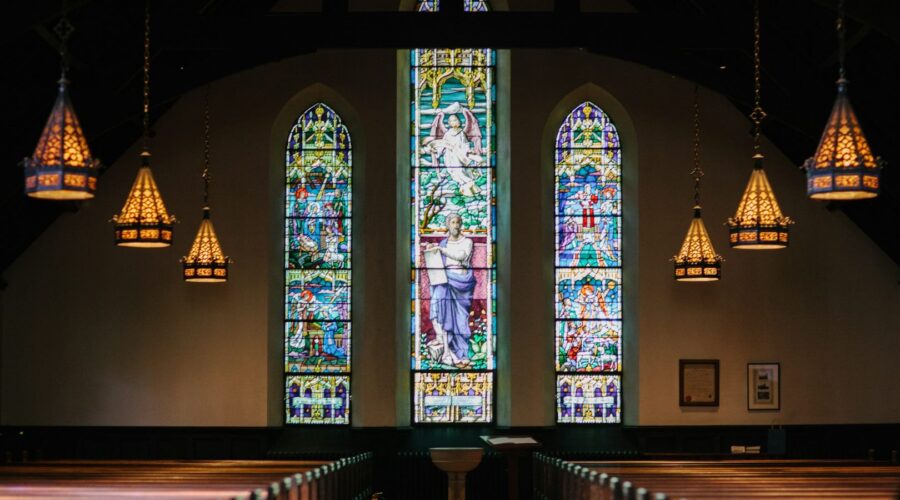Your cart is currently empty!
Unveiling the Mysteries of All Souls: A Comprehensive Guide

Introduction
All Souls, a festival celebrated on November 2, is steeped in rich cultural traditions, spiritual beliefs, and historical significance. It is a day when the veil between the living and the dead is believed to thin, allowing for communication and remembrance. This blog post will delve into the fascinating world of All Souls, exploring its origins, traditions, and the beliefs that shape its observance.
Historical Origins
- Ancient Celtic Roots: All Souls traces its origins to the ancient Celtic festival of Samhain, which marked the end of summer and the beginning of winter. The Celts believed that on this night, the boundaries between the living and the dead blurred, allowing spirits to cross over.
- Christian Influence: In the 8th century, Pope Gregory IV established All Saints’ Day, a day to honor all Christian saints and martyrs. Over time, the traditions of Samhain and All Saints’ Day intertwined, giving rise to what is now known as All Souls.
Traditions and Beliefs
Prayer and Remembrance
All Souls is a day of prayer and remembrance for the departed. Families visit cemeteries to tend to the graves of their loved ones, offering flowers, candles, and prayers. They believe that their loved ones’ souls are present and can hear their pleas and intercessions.
Communion with the Dead
Some believe that on All Souls, it is possible to communicate with deceased ancestors and relatives. People may perform rituals such as leaving out food and drinks or lighting candles in their honor, hoping to connect with them in a spiritual realm.
Seasonal Symbolism
All Souls falls during the autumn season, a time of reflection and change. The falling leaves and the fading light symbolize the transience of life and the cyclical nature of existence.
Cultural Customs
- Sugar Skulls in Mexico: In Mexico, All Souls is known as “Día de los Muertos” (Day of the Dead). People make colorful sugar skulls and place them on altars to honor their departed loved ones.
- Kite Flying in Afghanistan: In Afghanistan, All Souls is known as “Jalila,” where children fly kites to represent the souls of the dead.
- Ghost Walks in the United States: In some parts of the United States, All Souls is observed with ghost walks or tours of haunted places, where people seek to connect with the spirits.
Significance of All Souls
Comfort in Grief
All Souls offers solace and comfort to those grieving the loss of loved ones. It provides a space for them to express their sorrow, remember their cherished memories, and seek spiritual connection with their departed.
Appreciation of Life
The observance of All Souls encourages people to appreciate the preciousness of life and the importance of relationships. It reminds us that life is fleeting and that every moment should be cherished.
Cultural Continuity
All Souls is a cultural tradition that has been passed down through generations. It preserves beliefs about the afterlife, connects communities, and strengthens intergenerational bonds.
Conclusion
All Souls is a unique and multifaceted festival that blends ancient beliefs, religious traditions, and cultural customs. It is a day of remembrance, communication with the dead, and a time for personal and collective reflection. Whether one observes it through prayer, rituals, or cultural celebrations, All Souls invites us to acknowledge the interconnectedness of life and death and to honor the memory of our departed loved ones.